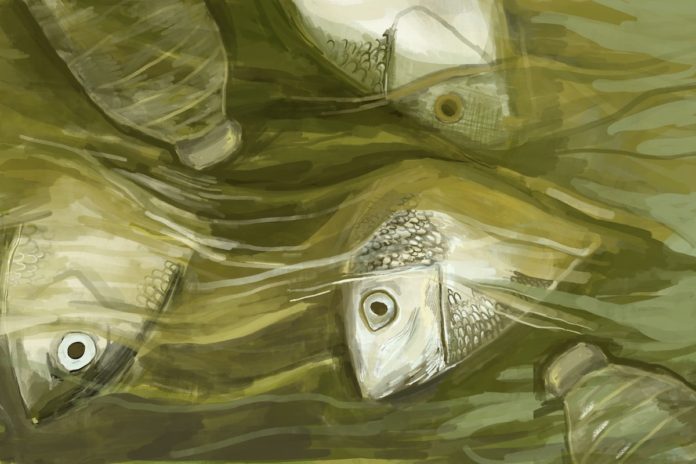A new emergency plan written by a Carleton professor and staff from the World Wildlife Federation (WWF) looks to combat drastic losses in freshwater biodiversity.
Nearly 83 per cent of freshwater biodiversity has collapsed since 1970, according to the World Wildlife Fund (WWF)’s Living Planet report published in 2018.
To prevent this, WWF chief freshwater advisor David Tickner and Carleton University biology professor Steven Cooke authored an emergency recovery plan titled “Bending the Curve of Global Freshwater Biodiversity Loss.”
“We’ve been talking as a group for a long time about how poorly represented freshwater biodiversity is,” Cooke said. “It’s really been difficult to get it on people’s radar.”
“It’s so bad that we’re at the point where we needed to do something and we thought that writing this plan might actually push government and other parties to actually act,” he continued.
Cooke said one reason he believes there has been so little action is because people cannot see immediate impacts.
“The real challenge is that these are decisions that are made every day and in many ways, it’s death by 1,000 cuts,” Cooke said. “It’s not one big thing, it’s all sorts of little things.”
“It’s only when it really starts to affect people that sometimes we start to pay attention,” he added.
However, Cooke said action needs to be taken now.
“If we’re still having this conversation 10 years from now, I think it might be too late.” — Steven Cooke, Carleton biology professor
“For some species, it’s already too late,” Dr. Tickner said. “Two years ago, we lost the Yangtze River Dolphin.”
Although there are some species who may not be able to recover, not all hope is lost, said Dr. Tickner.
“We know that freshwater habitats can recover reasonably quickly,” he said. “It’s important to have a little note of optimism in there.”
“If we begin to get it right, we can buy ourselves some time by doing a bit of restoration,” Dr. Tickner added.
While the recovery plan aims to address the global decline of freshwater diversity, Dr. Tickner said it must be applied in a local context.
“There are limitations to what you can do in a global plan being applied in the specific context of Ontario, say, or the south of England where I live,” Dr. Tickner said.
“The plan is kind of a framework plan and it gives these detailed recommendations at the global level, but there’s always going to be a need to think about things at a more local level in a more context-specific way,” he added.
Despite being written for a global audience, Cooke said the beauty of the emergency recovery plan is that the steps are doable and clear.
“The things that we propose aren’t entirely novel,” Cooke added.
“Nothing that we’re proposing is theoretical. It’s all doable. It just requires action.” —Steven Cooke, Carleton biology professor
Cooke said although some actions may be more behind the scenes, decisions such as preserving streams when planning housing developments and hydropower facilities can make a huge impact.
According to National Resources Canada, 59.3 per cent of Canada’s energy is produced from hydroelectricity.
Infrastructures supporting hydroelectric energy, such as dams, can take a toll on the wildlife surrounding it, said Amitesh Malhotra, president of the Carleton University Water and Wastewater society.
But removing dams won’t solve the issue, Malhotra said.
“Everything has an environmental impact. The only thing that we can do is select one that has the lowest impact and can give you more energy from it,” he said.
Though not a lot of students may be aware of biodiversity extinction, Malhotra said raising awareness is a step in the right direction.
“If more people are aware, they not only consciously, but also subconsciously, start taking actions to prevent something negative from happening to the environment.” — Amitesh Malhotra, president of Carleton University Water and Wastewater Society
Cooke said although some other places around the world have already begun implementing steps outlined in the paper, it is crucial Canadians become global leaders.
“We also have a responsibility when 25 per cent of the world’s surface water is in Canada,” Cooke said. “We need to make sure that we are model citizens, that we set the bar and expect everybody else to try and live up to our standards.”
“If we can’t get it right here, we’re not going to get it right elsewhere.”
Featured graphic by Sara Mizannojehdehi.






